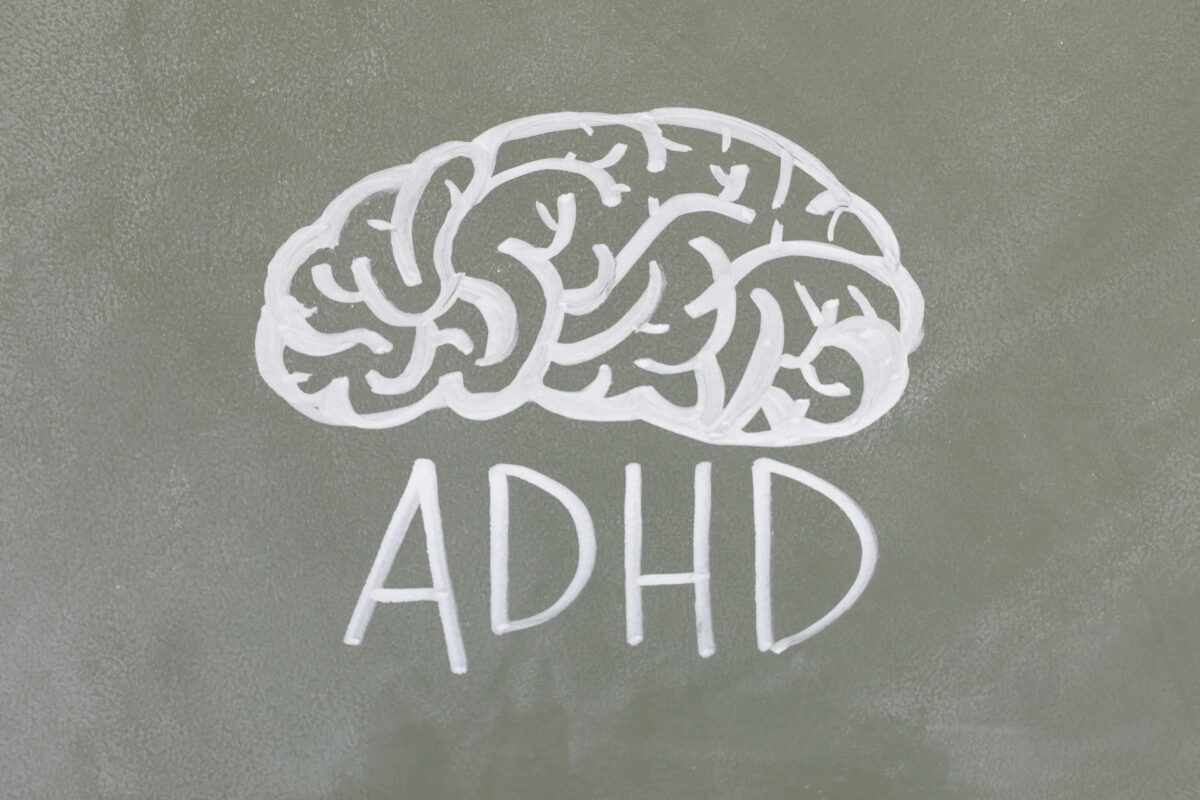
Living with ADHD (Attention-Deficit/Hyperactivity Disorder) presents unique challenges in daily life, including difficulties with focus, impulsivity, and restlessness. While medication and therapy are often core treatments, incorporating regular exercise can significantly complement these strategies. Exercise not only enhances physical health but also improves cognitive function and emotional well-being, which are crucial for managing ADHD symptoms effectively.
Understanding ADHD and its Challenges
ADHD affects individuals of all ages, characterized by varying degrees of hyperactivity, impulsivity, and inattention. These symptoms can impact academic or work performance, social interactions, and overall quality of life. While medications like stimulants and behavioral therapies are commonly prescribed, lifestyle modifications such as regular exercise can play a pivotal role in symptom management.
The Benefits of Exercise for ADHD
1. Improved Focus and Concentration:
Exercise increases the levels of dopamine, norepinephrine, and serotonin in the brain—neurotransmitters that are crucial for regulating attention and mood. This boost in brain chemicals helps individuals with ADHD to better focus and concentrate.
2. Reduced Hyperactivity and Impulsivity:
Physical activity provides an outlet for excess energy, reducing hyperactive behaviors. It also helps in managing impulsive tendencies by promoting better self-regulation and control.
3. Enhanced Executive Functioning:
Executive functions, such as planning, organization, and problem-solving, are often impaired in individuals with ADHD. Regular exercise stimulates the frontal cortex of the brain, which is responsible for these functions, leading to improvements in cognitive processes.
4. Better Mood Regulation:
Exercise triggers the release of endorphins, the body’s natural mood elevators. This can help alleviate feelings of frustration, anxiety, and stress commonly experienced by individuals with ADHD.
5. Improved Sleep Patterns:
Many people with ADHD struggle with sleep disturbances. Engaging in physical activity promotes better sleep quality, which in turn supports overall cognitive function and emotional well-being.
Choosing the Right Exercise Routine
When incorporating exercise into the routine of someone with ADHD, it’s important to consider activities that are engaging, varied, and suited to their individual preferences and capabilities. Here are some effective types of exercises to consider:
1. Aerobic Exercises:
Activities such as jogging, swimming, cycling, or dancing are excellent choices as they increase heart rate and oxygen flow to the brain, promoting alertness and cognitive function.
2. Strength Training:
Using weights, resistance bands, or bodyweight exercises (like push-ups and squats) can improve muscle tone and coordination, which supports overall physical health and self-esteem.
3. Mind-Body Exercises:
Practices like yoga, tai chi, and Pilates combine physical movement with mindfulness and breathing exercises. These activities can enhance focus, relaxation, and emotional balance.
4. Sports and Team Activities:
Engaging in team sports or group fitness classes not only provides physical benefits but also fosters social interactions and enhances self-confidence.
5. Outdoor Activities:
Being in nature has been shown to reduce symptoms of ADHD. Activities like hiking, gardening, or even just walking in a park can improve mood and attention span.
Tips for Starting and Maintaining an Exercise Routine
1. Set Realistic Goals:
Start with achievable goals and gradually increase intensity and duration as fitness improves. This approach helps build confidence and motivation.
2. Create a Routine:
Establish a consistent exercise schedule, ideally incorporating physical activity into daily or weekly routines. Consistency is key to reaping the benefits of exercise.
3. Find Accountability:
Partnering with a friend, joining a fitness group, or working with a personal trainer can provide accountability and motivation to stick with an exercise program.
4. Make it Enjoyable:
Choose activities that are enjoyable and interesting. This increases the likelihood of adherence to the routine over the long term.
5. Monitor Progress:
Keep track of workouts, improvements in mood and focus, and any changes in ADHD symptoms. This helps in recognizing the positive impact of exercise on overall well-being.
Conclusion
Incorporating regular exercise into the management of ADHD can lead to significant improvements in focus, mood regulation, and overall quality of life. By choosing appropriate activities and establishing a consistent routine, individuals with ADHD can harness the therapeutic benefits of exercise to complement other treatment strategies effectively. Whether it’s aerobic exercises, strength training, or mind-body practices, finding the right fitness routine is a powerful step towards managing ADHD symptoms and promoting lifelong health.
